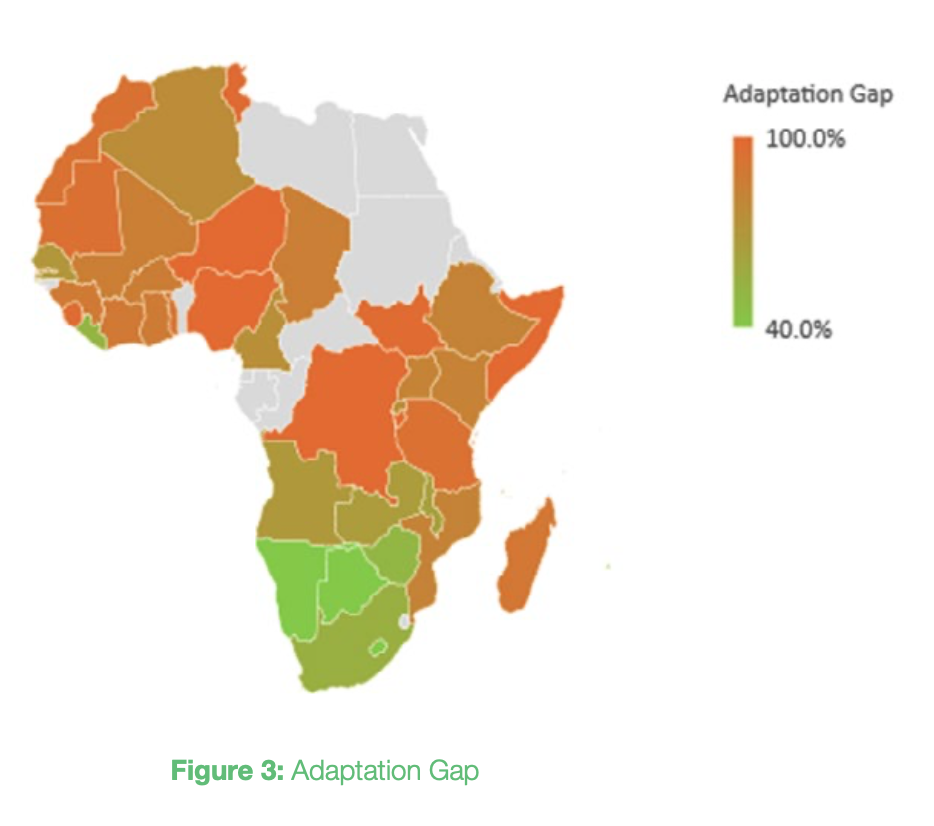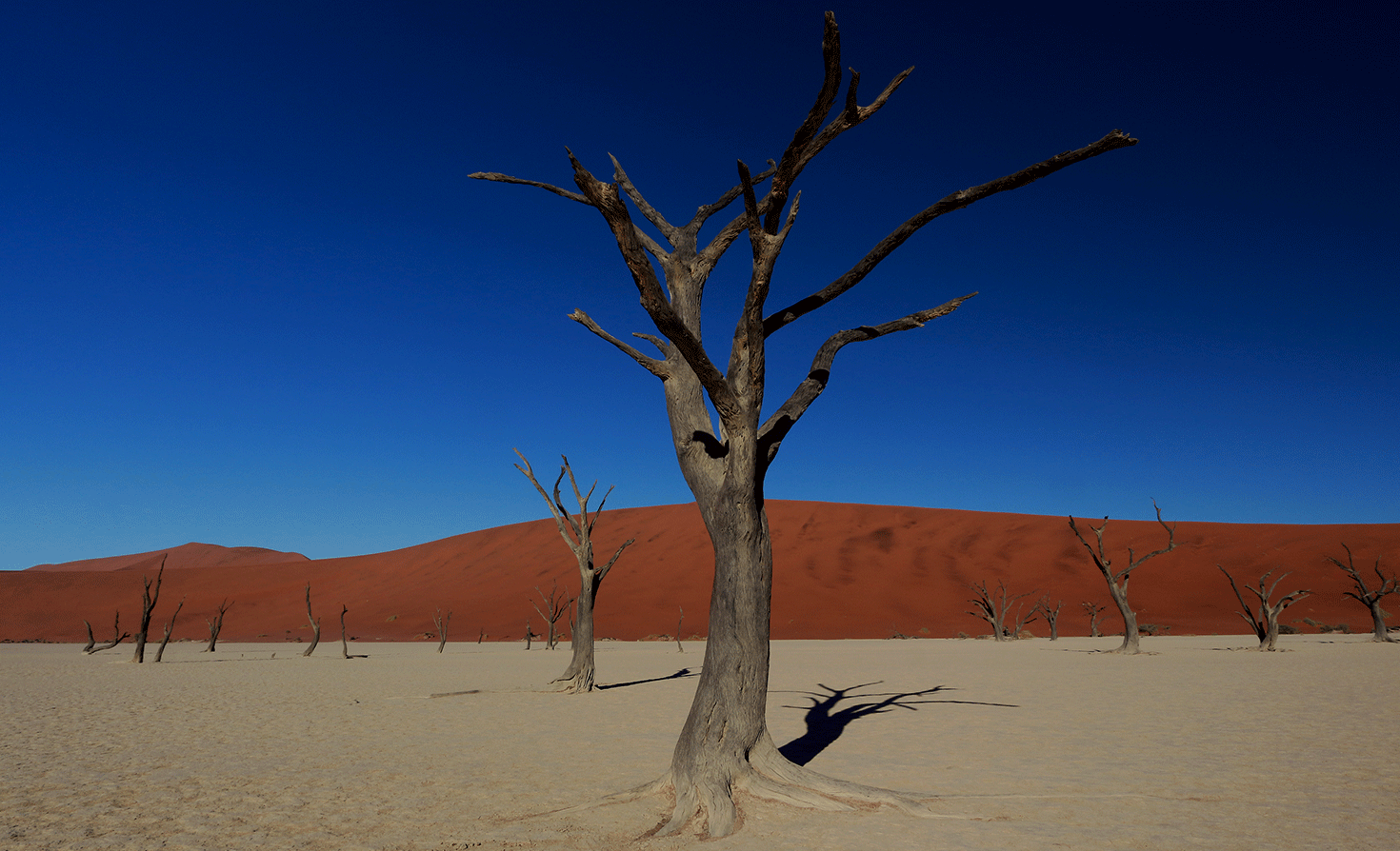At the Copenhagen COP in 2009, developed countries promised to raise USD 100 billion a year by 2020 to help developing countries with climate adaptation and mitigation. Today, on the Adaptation and Loss & Damage Day at COP26, adaptation funding tops developing countries’ demands to developed countries responsible for climate change. And those demands have grown significantly. The African Group and a group of 24 ‘like-minded’ developing nations, which includes China, India, Indonesia, Pakistan, Saudi Arabia and Vietnam, are now calling on donor nations to mobilise at least USD 1.3 trillion a year by 2030, with an equal 50/50 split between mitigation and adaptation.
Why is adaptation funding so essential to limiting climate losses?
Extreme events often trigger a cascade of other climate impacts. They can be devastating to the local economy and set back human well-being and development progress for years to come. As a country is repeatedly hit by climate disasters, its ability to respond quickly and adequately gradually weakens.
The African continent is already warming quicker – and relative sea levels rising faster – than the world average, the IPCC said in its recent 6th assessment report. This is why adaptation is so important for developing countries – measures such as coastal defences can save lives and prevent essential infrastructure from being destroyed, thereby helping to prevent further socio-economic disruption that can lead to humanitarian crises like food and fuel shortages, outbreaks of diseases and even migration.
Africa is disproportionately hit by climate change
There is scientific consensus that Africa is the most vulnerable region in the world to the impacts of climate change. Despite being responsible for only 4% of global fossil fuel emissions, the next decade the continent will see more common and intense heatwaves – up to five times more common in 2050 than today – as well as heavier precipitation, more flooding, increasingly frequent and strong tropical cyclones, and more frequent and intense droughts.
In 2019, five African countries – Mozambique, Zimbabwe, Malawi, South Sudan and Niger – were among the top ten most affected by extreme weather in the world, according to Germanwatch.
How big is the funding gap?
The UN Environment Programme estimates that the annual adaptation costs in developing countries are currently USD 70 billion. This figure is expected to reach USD 140-300 billion in 2030 and USD 280-500 billion in 2050.
But data shows that only USD 5.9 billion of climate adaptation finance was invested in Least Developed Countries (LDCs), where adaptation was most urgently needed. Of that, less than 20% was in projects likely to deliver transformative adaptation. If this trend continues, LDCs would get less than 3% of the annual adaptation finance needed between 2020-2030.
Africa is already paying more than its fair share of adaptation costs
Contrary to the accusation that African countries are not investing in climate adaptation, African nations are already shouldering 20% of the total adaptation expenditure required to reduce the economic impacts of climate change. African governments currently spend between 2%-9% of their GDP on funding adaptation programmes, according to the UN.






